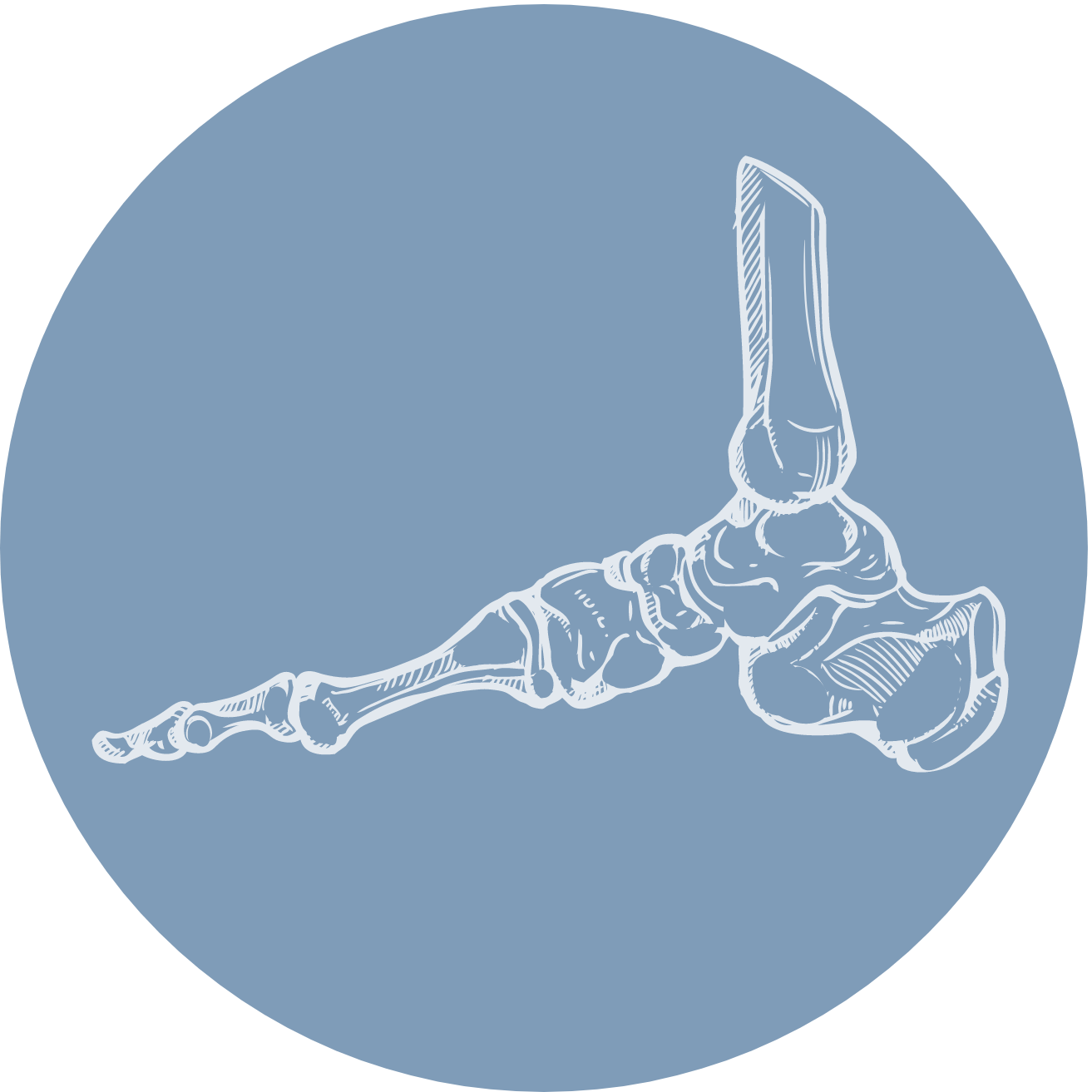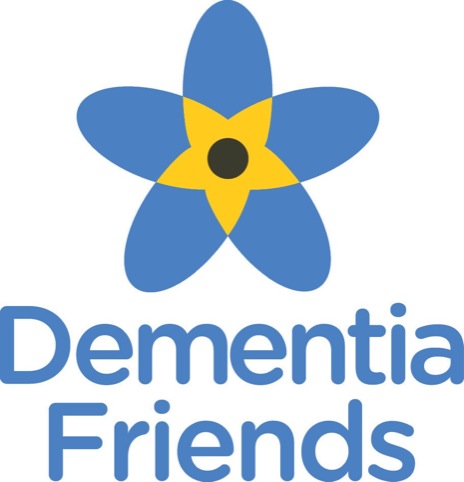cORNS AND CALLUSES
If you are currently suffering from either calluses or corns, we understand how much discomfort they can cause. At J&L Health we offer the best callus and corn treatment options available, and will get you back on your feet and feeling better as soon as possible.
WHAT ARE CORNS AND CALLUSES?
When we walk or stand, our body weight is carried first on the heel and then on the ball of the foot where the skin is thicker to withstand the pressure. When this pressure becomes excessive, some areas of skin thicken and form corns and callus, as a protective response to the friction of skin rubbing against a bone, shoe or the ground.
Callus (or callosity) is an extended area of thickened, hard skin on the sole of the foot. It is usually symptomatic of an underlying problem such as a bony deformity, a particular style of walking or inappropriate footwear. Some people have a natural tendency to form callus because of their skin type. Elderly people have less fatty tissue in their skin and this can lead to callus forming on the ball of the foot.
Corns are caused by pressure or friction over bony areas, such as a joint, and they have a central core which may cause pain if it presses on a nerve. There are five different types of corns, the most common of which are ‘hard’ and ‘soft’ corns:
Hard corns – these are the most common and appear as a small area of concentrated hard skin up to the size of a small pea usually within a wider area of thickened skin or callus. This may be a symptom of the feet or toes not functioning properly
Soft corns – these develop in a similar way to hard corns but they are whitish and rubbery in texture and appear between the toes where the skin is moist from sweat or from inadequate drying
Seed corns – these are tiny corns that tend to occur either singly or in clusters on the bottom of the foot and are usually painless
Vascular/neurovascular corns – these are corns that have both nerve fibres and blood vessels in them. They can be very painful and can bleed profusely if cut
Fibrous corns – these arise when corns have been present for a long time and are more firmly attached to the deeper tissues than any other type of corn. They may also be painful
WHAT TREATMENT OPTIONS ARE AVAILABLE?
In most cases, both corns and calluses are simple to remedy. That’s why we offer you treatment and advice to help you regain the confidence and freedom to move, enjoy, grow and do more of what you love.
At J&L Health, we apply our expertise, professional know-how and friendly service to:
Diagnose why the corns and/or calluses are present
Develop an agreed treatment plan
Remove the short term problem
Provide solutions to stop corns and/or calluses from returning
Be your source of help and advice going forward to help you stay pain-free
If you’re healthy, you only really need to seek treatment for corns and calluses if they cause discomfort or are affecting your lifestyle. Eliminating the source of friction or pressure will also result in the disappearance of corns and calluses.
You may be more likely to develop corns and calluses if you suffer from a condition that results in poor blood flow, such as diabetes. In this scenario, we highly recommend you visit your podiatrist on at least a three-monthly basis for a routine foot check.






